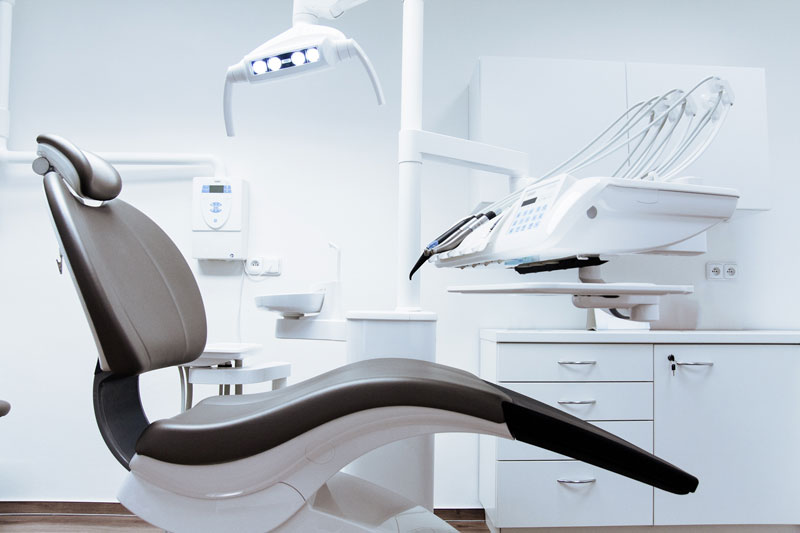
Presbyopia
Presbyopia is an eye condition in which your eye slowly loses the ability to quickly focus on objects that are close. It is a disorder that affects everyone people during the natural aging process of their eyes. When light enters the eye, it passes through the cornea and then through the pupil. The iris, the colored ring in your eye, opens and closes the pupil to adjust the amount of light passing through it. It then passes through the lens. In its healthiest state, the lens changes shape so it can bend the rays further and focus them on the retina at the back of the eye. However, with age, the lenses of your eyes become less flexible and can’t change shape as easily. As a result, the lens is unable to bend the light properly to focus it on the retina.
Causes of Presbyopia:
When you’re young, the lens in your eye is flexible and relatively elastic. It can change its length or shape with the help of a ring of tiny muscles that surround it. The muscles that surround your eye can easily reshape and adjust the lens to accommodate both close and distant images. With age, your lenses and the muscle fibers surrounding the lenses slowly lose flexibility and stiffen. As a result, your lenses become unable to change shape and constrict to focus on close images. With this hardening of your lenses, your eye gradually loses its ability to focus light directly on to the retina.
Symptoms of Presbyopia:
The most common symptoms of presbyopia occur at around age 40 for most people. Signs of presbyopia typically involve a gradual deterioration of your ability to read or do work up close.
Common symptoms related to presbyopia are:
1. Eyestrain or headaches after reading or doing close work
2. Difficulty reading small print
3. Fatigue from doing close work
4. need for brighter lighting when reading or doing close work
5. Need to hold reading material at an arm’s distance to properly focus on it
6. Overall problems seeing and focusing on objects that are close to you
Hyperopia is a condition that has symptoms similar to presbyopia. However, they are two different disorders. In hyperopia, as in presbyopia, distant objects are clear, but closer objects appear blurred.
Hyperopia occurs when the eye is shorter than normal or the cornea is too flat. With these malformations, the light rays focus behind the retina, as in presbyopia. However, hyperopia is a refractive error that is present at birth, while presbyopia occurs with age. It is possible to have hyperopia and then develop presbyopia.